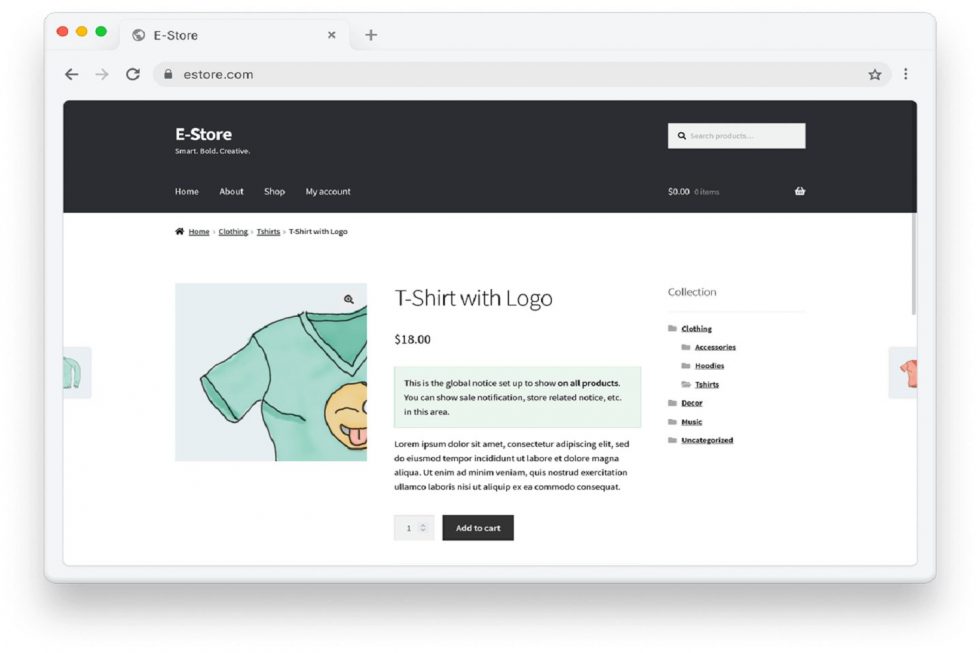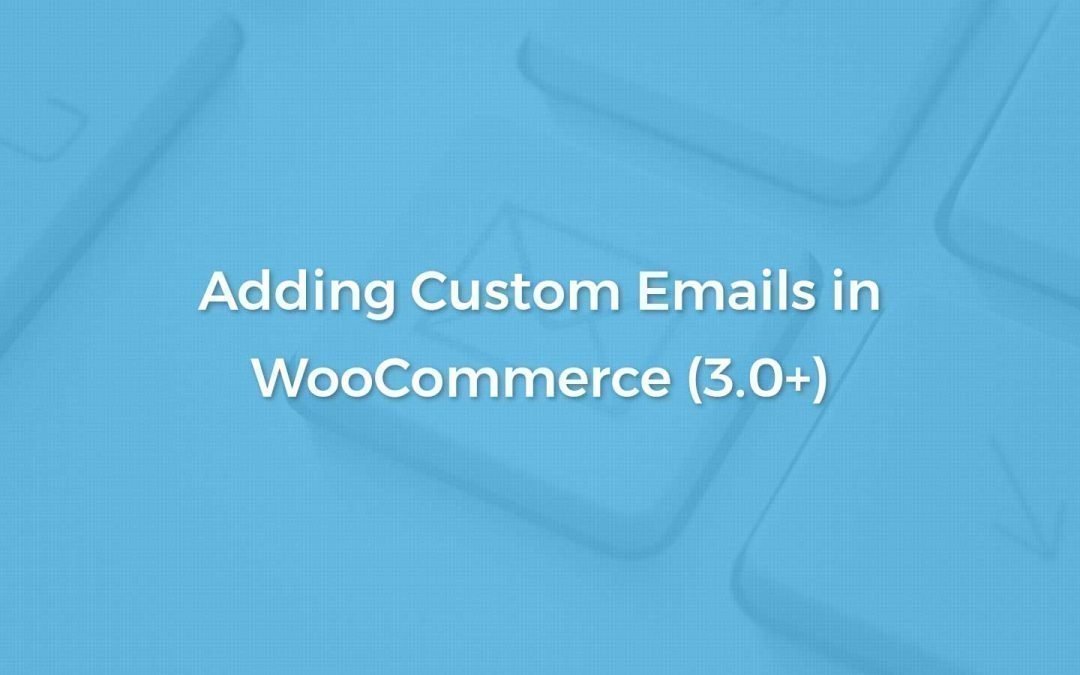Today, the world is pushing towards a digital landscape. With more and more customers gunning towards digital avenues to get their needs, wants, and expectations fulfilled. Organizations have to move in quickly and establish a solid footing to reap maximum benefits.
To capture maximum audience and convert the maximum users, businesses need to have intuitive and thorough experiences across multiple channels. Be it online browsing, shopping in-store, or interacting with a brand on social media.
The rise of omnichannel marketing has made it essential for businesses to deliver a cohesive customer experience. Something that integrates and provides an immersive experience across every touchpoint in the customer journey.
It forms a crucial pivot in establishing a customer journey. A fluid transition to get users on the desired journey, for maximum conversion and retention.
Let’s dive deeper into the concept of omnichannel marketing and explore how businesses can leverage different channels for maximum impact.
Omnichannel Marketing
- What is Omnichannel Marketing
- Creating Effective Omnichannel Marketing Strategies
- Benefits of Omnichannel Marketing
What is Omnichannel Marketing?
Omnichannel marketing is a holistic approach to marketing that focuses on delivering a consistent and seamless brand experience across multiple channels. It is the coordination of all marketing activities and messaging to ensure they align with a single, overarching strategy.
The Power of Omnichannel Marketing takes Omnichannel marketing to the next level by leveraging multiple channels simultaneously to create a unified and seamless experience for customers. It recognizes that customers may interact with a brand through multiple channels and devices, and seeks to provide a consistent and personalized experience across all of them.
Omnichannel marketing takes it one step ahead with the use of modern technologies to ensure users and customers always feel they are cared for and looked after.
According to research from PWC, the more expensive the item, the more they are willing to pay. For example, customers are willing to pay a price premium of up to 16% for products and services that offer a great customer experience.
CX also influences on-the-spot purchasing, – as 49% of buyers have made impulse purchases after receiving a more personalized experience.
Omnichannel marketing incorporates both traditional and digital marketing channels, including email, social media, content marketing, search engine optimization, events, and more. By integrating these channels, businesses can reach customers where they are, with the right message, at the right time, and through the right medium.
It also helps in establishing a unique identity and creating a loyal customer base. A study by Deloitte found that customers who engage with a brand across multiple channels have a 30% higher lifetime value than those who engage with a brand through a single channel.
Steps to Creating Effective Omnichannel Marketing Strategies
- Clear and cohesive brand message: Your brand vision and mission should be consistent across all marketing channels. It should be aligned with your business goals. In other terms, all Omnichannel marketing strategies should showcase your brand in its truest sense. Users can create a personal bond with it and become loyal to your brand, promoting it like it’s their own!
- Define target audience: The most important information before undertaking any marketing strategy is to rightly assess the market and define a target audience. No matter how good a strategy is, it doesn’t bring desired results if it’s directed toward a general population. Thus, it becomes crucial to know your audience and tailor your marketing strategies, communications, and messages to their specific needs and preferences.
- Determine the most effective channels: This comes in addition to finding the target audience. Once you have fixated on the target audience, drill deeper to understand their behavior, consumption, and medium of interaction. After identifying the channels where your target audience is most active, create tailored messaging strategies for each channel to get maximum user engagement and interaction.
- Leverage customer data: Businesses often overlook data generated from their marketing strategies. All experiments, hits, and misses need to be effectively used to create precise and successful strategies. Today, modern technologies have the power and intelligence to provide actionable insights and key inputs. These inputs come from customer data, insights, etc. to enable organizations to create personalized messaging and experiences for each customer.
- Continuously measure and refine: Continuous performance tracking of marketing campaigns is very important for a successful result. Omnichannel strategies enable teams to analyze each phase/function of the strategy/campaign in real-time to best understand both, consumer and product/service. This also paves the way to refine strategies as needed to overall improve results.
Benefits of Omnichannel Marketing
- Consistency: Consistent communication and branding enable businesses to establish recognition of the brand and its offerings in the market. This enables consumers to create direct contact with your brand. The more they see and hear from you, the more faith and trust they will have in you. It’s as simple as that!
- Personalization: As your customer engagement becomes more personal and targeted, it greatly improves user interaction, driving sales and revenue. It also creates a unique identity for the brand in the consumer’s mind. This enables businesses to stand out amidst the competition in the market.
- Efficiency: Omnichannel marketing allows businesses to optimize their marketing spend, get more ROI from marketing efforts, thus, become more efficient. It enables marketing and sales teams to drive more value out of their work. Thus, becoming more productive, enhancing performance, and generating successful results to achieve business goals.
- Improved customer experience: An Omnichannel marketing strategy leads to an intuitive and positive customer experience. This can lead to increased loyalty and advocacy. This also goes to establish your brand and its reputation in the market. Enabling organizations to effectively channel user attention to their brand growth!
Conclusion
In today’s integrated era, businesses must embrace the power of Omnichannel marketing to create an interactive and personalized customer journey and experience. By leveraging different channels for maximum impact, businesses can improve their marketing efficiency, build brand awareness and recognition, and create loyal and engaged customers.
It also adds to the Online Reputation Management (ORM) of a business. Today, businesses are fighting to capture a wider market share to grab maximum visibility. Omnichannel marketing also targets that goal by providing businesses with a vivid and unique presence across different digital and non-digital touch points.
Here’s something you should read if you want to learn more about Transforming Customer Engagement.
As the market continues to evolve, Omnichannel marketing is essential for businesses that want to stay ahead of the curve and deliver a truly exceptional customer experience!


















